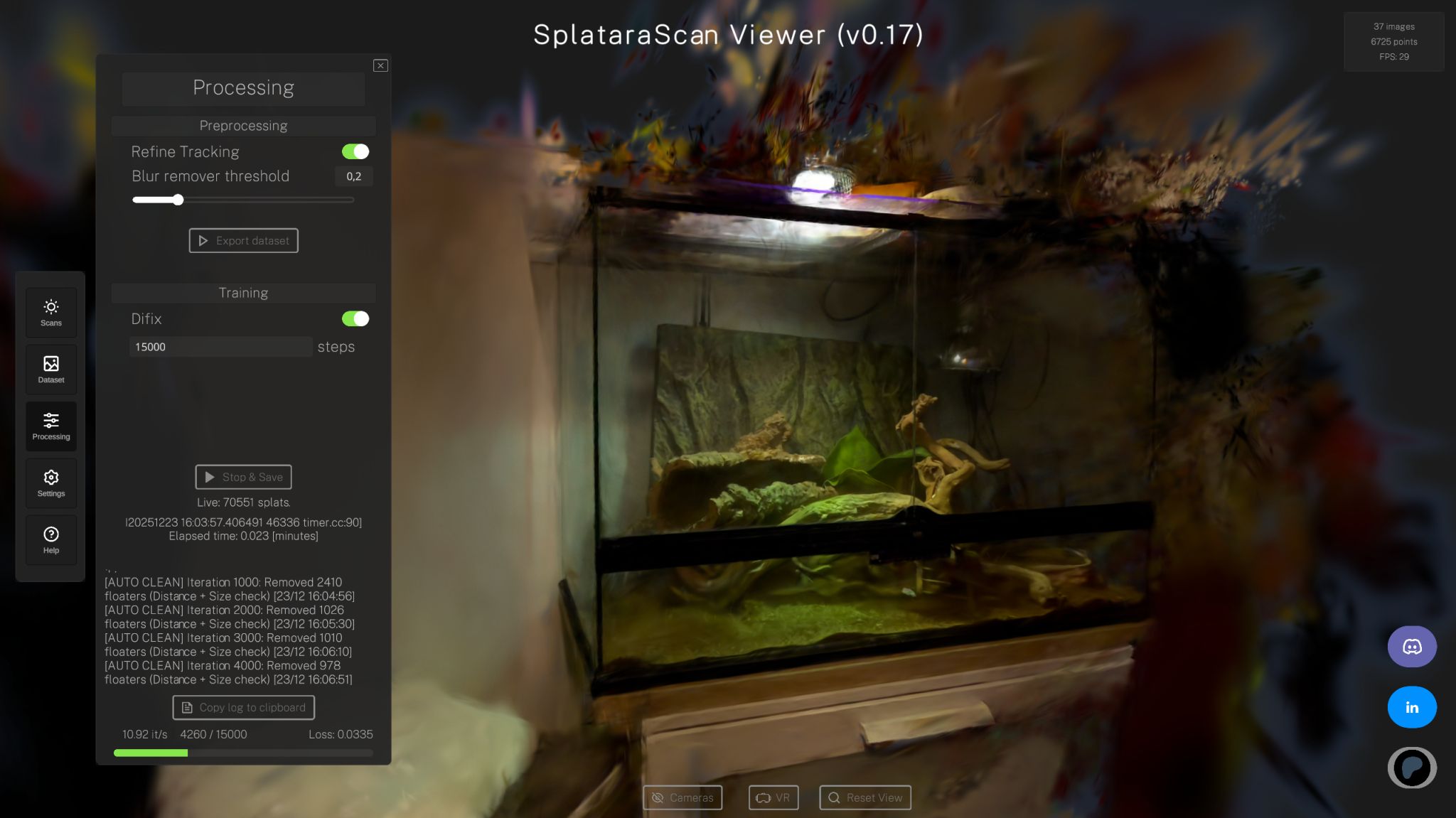

Michael Rubloff
Aug 1, 2025
Among a growing list of startups looking to make radiance field pipelines feel as familiar as taking a photo, Hong Kong based Scan the World is positioning itself as the next “one-click” option. The company emerged from the Hong Kong Science and Technology Park incubator and presents itself as a virtual solutions studio aimed at eCommerce, tourism, education, and real estate applications. The stated ambition is straightforward: give non-technical users professional-grade 3D content without the usual setup, software, or learning curve.
The capture pipeline starts similar to all the other reconstruction platforms, with everyday images or short videos. Those files are uploaded to Scan the World’s web portal, where server side system reconstructs an interactive gaussian splatting capture.
Once processing is complete, the model opens in a browser based editor. Controls are limited to essentials like basic transforms and exposure tweaks, but it's an intentional choice to cater towards people just discovering gaussian splatting. Every finished scene lives in the cloud. Creators receive a public link or an embed snippet that slots into existing websites or online storefronts, such as Shopify.
There's no word yet on how they are training the reconstructions, whether its done through gsplat, Postshot, or a homegrown method.
Scan the World arrives at a moment when radiance field services are beginning to amp up, both on reconstruction and delivery. Its decision to integrate every step into a single web interface makes the platform feel approachable, especially to small teams that would otherwise sit out the 3D wave. If the underlying reconstructions prove consistently robust and the pricing lands in a sensible range, the startup could carve out a niche among casual creators and online retailers who need 3D without the overhead.
It is a paid platform, though STW does offer a free tier to try out their capabilities. Radiancefields.com will continue to track real world tests as the platform rolls out wider access. For more information, head to the Scan the World website.







